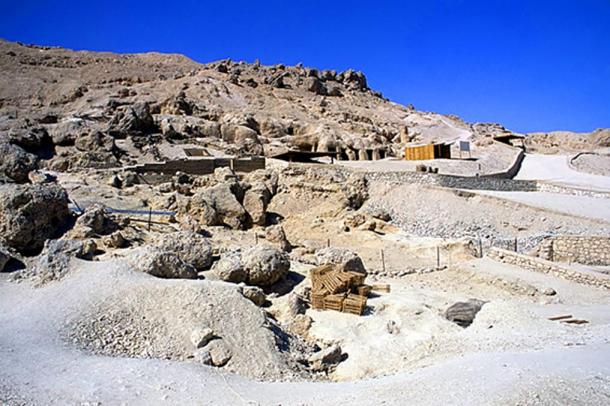

| Online: | |
| Visits: | |
| Stories: |

| Story Views | |
| Now: | |
| Last Hour: | |
| Last 24 Hours: | |
| Total: | |
Spanish Archaeologists Try to Reconstruct Fragments of the Ancient Egyptian Book of the Dead

For the last 14 years, twenty archaeologists, Egyptologists, and Spanish specialists have been working on the southern foot of the hill of Dra Abu el-Naga with a team of over a hundred Egyptian workers. During this time, they have united their efforts and been studying every part of the area, and scrutinizing every centimeter of a vast necropolis which is overflowing with burials from different eras.
Jose Manuel Galan, director of the project told the Spanish newspaper El Mundo that the site is a “real labyrinth”:
“A labyrinth that grew because in Greco-Roman times, the 2nd century BC, the partition walls were broken between the large tombs of Djehuty and Hery, which are now connected to each other, and the inside of the mountain became catacombs to bury the mummies of ibis and hawks. From the beginning we saw our work as the excavation of a necropolis. The Egyptians who visit us are surprised, but really there is nothing surprising. We are facing a necropolis with tombs of varying importance and appearance ranging from the 2000 BC, during the 11th dynasty, to Greco-Roman times.”

www.Ancient-Origins.net – Reconstructing the story of humanity’s past
Source: http://www.ancient-origins.net/news-history-archaeology/spanish-archaeologists-try-reconstruct-fragments-ancient-egyptian-book-dead-020789


